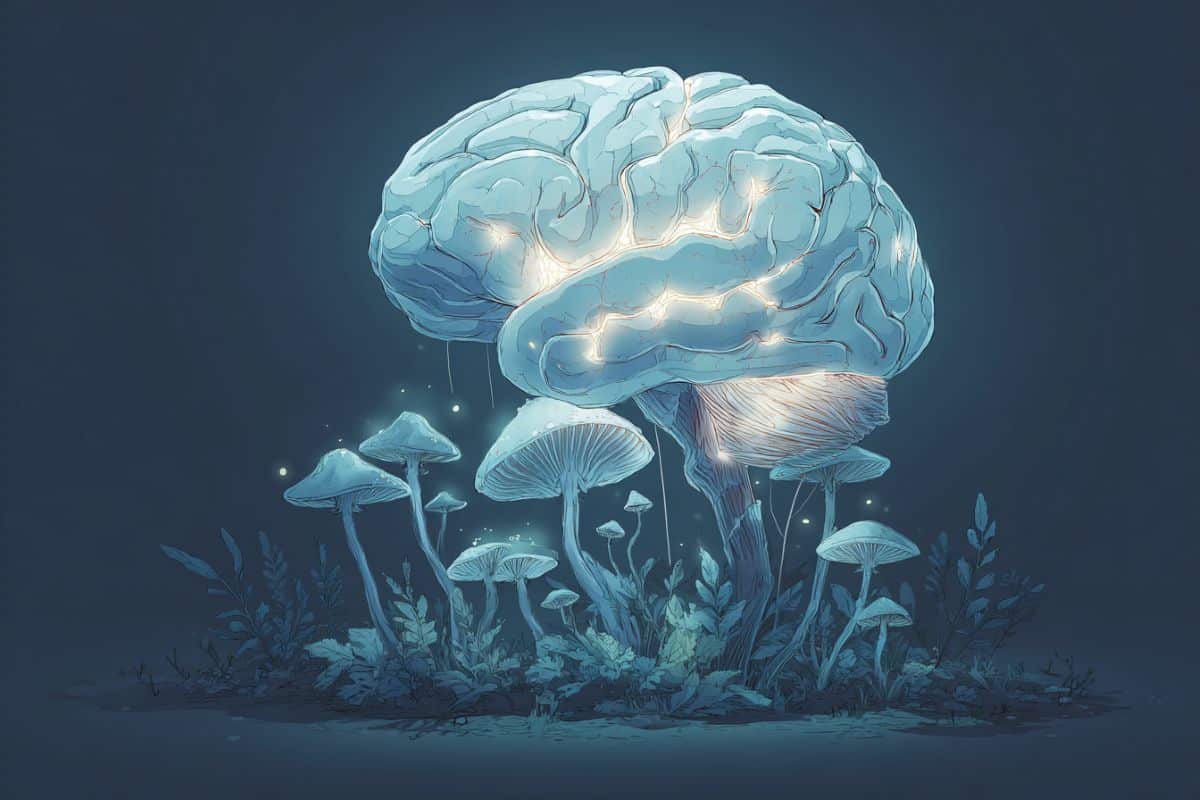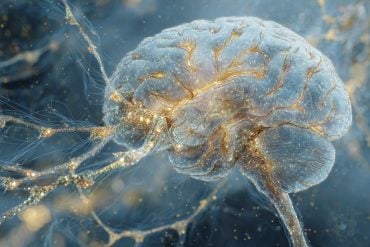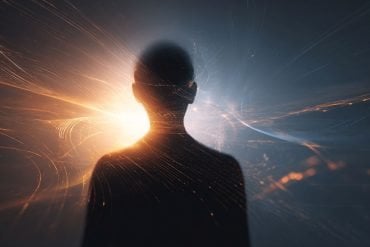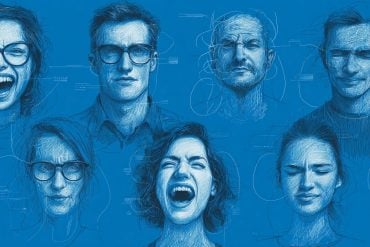Summary: New research shows that psilocybin, the active compound in psychedelic mushrooms, can reduce both chronic pain and pain-related depression by modulating brain circuits rather than acting at the site of injury. In mouse studies, a single dose provided pain relief and mood benefits lasting nearly two weeks by targeting the anterior cingulate cortex.
Unlike typical drugs, psilocybin adjusts serotonin signaling with precision, offering balanced relief without addiction risks. The findings pave the way for future therapies that could treat pain and mood disorders together through safe, non-opioid approaches.
Key Facts:
- Dual Relief: Psilocybin reduced both chronic pain and associated depression-like symptoms in mice.
- Targeted Action: Benefits came from modulating brain circuits in the anterior cingulate cortex, not the spinal cord.
- Therapeutic Potential: Findings highlight psilocybin’s promise as a non-opioid, non-addictive treatment option.
Source: University of Pennsylvania
Researchers at Penn Medicine have identified specific brain circuits that are impacted by psilocybin—the active compound found in some psychedelic mushrooms—which could lead to new paths forward for pain and mental health management options.
Chronic pain affects more than 1.5 billion people worldwide and is often deeply entangled with depression and anxiety, creating a vicious cycle that amplifies suffering and impairs quality of life.
The study from the Perelman School of Medicine at the University of Pennsylvania- published today in Nature Neuroscience- offers new insight into ways to disrupt this cycle.
“As an anesthesiologist, I frequently care for people undergoing surgery who suffer from both chronic pain and depression. In many cases, they’re not sure which condition came first, but often, one makes the other worse,” said Joseph Cichon, MD, PhD, an assistant professor of Anesthesiology and Critical Care at Penn and senior author of the study.
“This new study offers hope. These findings open the door to developing new, non-opioid, non-addictive therapies as psilocybin and related psychedelics are not considered addictive.”
Targeting the Brain’s Pain and Mood Hub
In studies using mice with chronic nerve injury and inflammatory pain, researchers found that a single dose of psilocybin reduced both pain and pain-induced anxiety and depression-like behaviors, with those benefits lasting almost two weeks. Psilocybin acts by gently activating specific brain signals, called serotonin receptors (5-HT2A and 5-HT1A).
“Unlike other drugs that fully turn these signals on or off, psilocybin acts more like a dimmer switch, turning it to just the right level,” said Cichon.
To pinpoint where the effects originated, researchers injected psilocin—the active substance into which the body converts psilocybin—into different regions of the central nervous system. The team used advanced fluorescent microscopy, a technique that uses glowing dyes to see and capture neuronal activity, to see chronic pain neurons spontaneously firing.
When psilocin was injected directly into the prefrontal cortex of the brain, specifically the anterior cingulate cortex (ACC), a part of the brain that processes pain and emotions, it provided the same pain relief and mood improvements as when psilocybin was given to the whole body.
Researchers also injected psilocin into the spinal cord, but it didn’t have the same calming effect.
“Psilocybin may offer meaningful relief for patients by bypassing the site of injury altogether and instead modulating brain circuits that process pain, while lifting the ones that help you feel better, giving you relief from both pain and low mood at the same time,” said Cichon.
Results Can Drive Future Psilocybin Research
Researchers believe the findings from this study could also inform therapies for other conditions involving dysregulated brain circuits, such as addiction or post-traumatic stress disorder. Cichon adds that more research is needed to determine the effectiveness of psilocybin.
“In my anesthesiology practice, I often see that both pain and mood symptoms can worsen following surgery due to the physiological and psychological stress imposed by the procedure.
“While psilocybin shows promise as a treatment for both pain and depression, it remains uncertain whether such therapies would be safe, effective, or feasible in the context of surgery and anesthesia,” adds Cichon. The Penn team plans to investigate optimal dosing strategies, long-term effects, and the ability of the brain to re-wire itself in sustaining these benefits in rodent models.
“While these findings are encouraging, we don’t know how long-lived psilocybin’s effects are or how multiple doses might be needed to adjust brain pathways involved in chronic pain for a longer lasting solution,” adds Stephen Wisser, co-author and a Penn Neuroscience PhD student in Cichon’s lab.
Funding: The study was funded by the National Institutes of Health (R35GM151160-01) and the American Society of Regional Anesthesia and Pain Medicine (ASRA) Chronic Pain Medicine Research Award.
Key Questions Answered:
A: They found psilocybin modulates brain circuits in the anterior cingulate cortex to relieve chronic pain and improve mood.
A: Instead of switching signals fully on or off, it acts like a dimmer, gently adjusting serotonin receptor activity.
A: It suggests psilocybin may provide non-addictive relief from both pain and depression, opening new therapeutic possibilities.
About this psilocybin, pain, and depression research news
Author: Matthew Toal
Source: University of Pennsylvania
Contact: Matthew Toal – University of Pennsylvania
Image: The image is credited to Neuroscience News
Original Research: Open access.
“Single-dose psilocybin rapidly and sustainably relieves allodynia and anxiodepressive-like behaviors in mouse models of chronic pain” by Joseph Cichon et al. Nature Neuroscience
Abstract
Single-dose psilocybin rapidly and sustainably relieves allodynia and anxiodepressive-like behaviors in mouse models of chronic pain
Chronic pain and mood disorders co-occur, exacerbate one another and share neurobiological mechanisms, but whether a single intervention could promptly alleviate both conditions remains unclear.
Here, in two chronic pain models, we show that a single dose of psilocybin induces a rapid and sustained reversal of both mechanical allodynia and anxiodepression-like states in adult male and female mice.
Using local psilocin injections, the key active metabolite of psilocybin, we show that the engagement of prefrontal cortical circuits is critical for the concurrent alleviation of both conditions.
Two-photon calcium imaging reveals that psilocin rapidly normalizes chronic pain-associated hyperactivity in anterior cingulate cortex layer 2/3 pyramidal neurons.
Pharmacologic manipulations with full agonists of 5-HT2A and 5-HT1A receptors replicated some, but not all, of psilocin’s cellular and behavioral effects, suggesting that psilocin’s actions arise from partial agonism at these receptors within shared circuits governing pain and mood processing.







